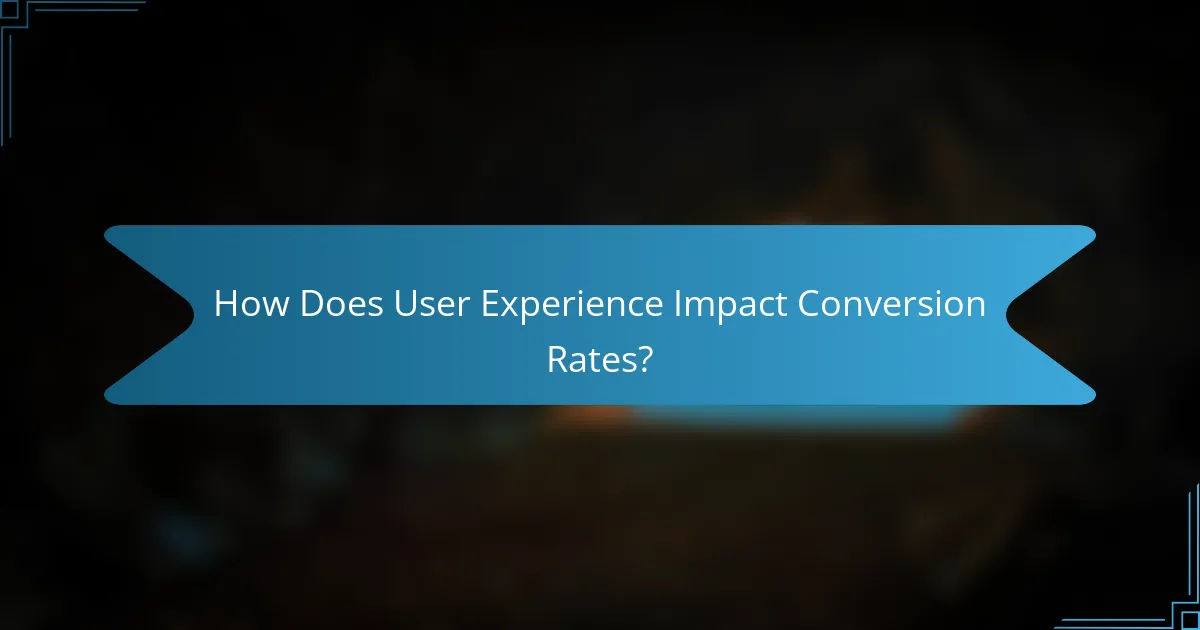Location-specific landing pages are essential for effectively engaging users by providing tailored content that resonates with their geographic interests. By optimizing these pages for performance and user experience, businesses can significantly enhance conversion rates and foster deeper connections with their audience. Prioritizing fast load times, mobile responsiveness, and intuitive navigation ensures that visitors can easily find what they need, ultimately driving desired actions.

How to Create Location-Specific Landing Pages?
Creating location-specific landing pages involves tailoring content to meet the needs of users in specific geographic areas. This enhances relevance, improves user experience, and can boost conversion rates by addressing local interests and search behaviors.
Identify target locations
Start by determining the geographic areas you want to target. This could range from cities to neighborhoods, depending on your business model. Analyze your existing customer base and market data to identify locations with the highest potential for engagement.
Consider using tools like Google Analytics or social media insights to pinpoint where your visitors are coming from. This data can help you prioritize which locations to focus on for your landing pages.
Utilize local keywords
Incorporate local keywords that reflect the specific terms and phrases users in your target area are searching for. This includes city names, local landmarks, and regional slang. Tools like Google Keyword Planner can help you find relevant keywords.
Ensure these keywords are naturally integrated into your content, including headings, meta descriptions, and calls to action. This will improve your page’s visibility in local search results.
Design for local user intent
Understand the intent behind local searches to design your landing pages effectively. Users may be looking for specific services, products, or information relevant to their location. Tailor your content to address these needs directly.
For example, if you are a restaurant, highlight local dishes or promotions that cater to the tastes of the community. This approach can significantly increase user engagement and conversion rates.
Incorporate local imagery
Using images that reflect the local area can enhance the connection users feel with your landing page. This includes photos of local landmarks, events, or even customer testimonials from the area. Authentic imagery can create a sense of familiarity and trust.
Ensure that the images are high-quality and relevant to your content. This not only improves aesthetics but also helps with SEO when properly tagged with local keywords.
Implement local schema markup
Schema markup is a code that helps search engines understand the content of your landing page better. Implementing local schema can improve your visibility in search results by providing search engines with specific information about your business, such as location, hours, and services offered.
Use tools like Google’s Structured Data Markup Helper to create and test your schema markup. This can enhance your chances of appearing in local search results and rich snippets, ultimately driving more traffic to your site.

What Are Best Practices for Optimizing Landing Pages?
Optimizing landing pages involves enhancing their performance to improve user experience and conversion rates. Key practices include ensuring fast load times, mobile responsiveness, clear calls to action (CTAs), and testing for user engagement.
Optimize page load speed
Page load speed is critical for retaining visitors. A delay of just a few seconds can lead to significant drops in conversion rates. Aim for a load time under three seconds to keep users engaged.
To improve load speed, compress images, minimize HTTP requests, and leverage browser caching. Tools like Google PageSpeed Insights can help identify specific areas for improvement.
Enhance mobile responsiveness
With a growing number of users accessing websites via mobile devices, ensuring your landing page is mobile-friendly is essential. A responsive design adapts to various screen sizes, providing a seamless experience across devices.
Utilize flexible grid layouts and scalable images to enhance mobile responsiveness. Test your landing page on multiple devices and screen sizes to ensure optimal performance.
Utilize clear CTAs
Clear calls to action (CTAs) guide users toward desired actions, such as signing up or making a purchase. Use concise, action-oriented language and place CTAs prominently on the page.
Consider using contrasting colors for buttons and ensuring they are easily clickable on mobile devices. A/B testing different CTA placements and wording can help identify the most effective options.
Test for user engagement
Regularly testing your landing page for user engagement helps identify areas for improvement. Utilize tools like heatmaps and user session recordings to understand how visitors interact with your page.
Conduct A/B tests to compare different versions of your landing page, focusing on elements like headlines, images, and CTAs. Analyze the results to make data-driven decisions that enhance user experience and increase conversions.

How Does User Experience Impact Conversion Rates?
User experience (UX) significantly influences conversion rates by determining how easily visitors can navigate a site and find what they need. A positive UX leads to higher engagement and increased likelihood of completing desired actions, such as purchases or sign-ups.
Streamlined navigation increases usability
Streamlined navigation simplifies the user journey, making it easier for visitors to find relevant information quickly. Clear menus, intuitive layouts, and logical categorization help reduce frustration and keep users engaged. For instance, a well-organized site can decrease the time spent searching for products, leading to higher conversion rates.
To enhance navigation, consider using breadcrumb trails, search bars, and clear call-to-action buttons. Avoid cluttering menus with too many options, as this can overwhelm users. Aim for a clean design that allows users to access key areas of your site within a few clicks.
Personalized content boosts engagement
Personalized content enhances user engagement by tailoring the experience to individual preferences and behaviors. This can include location-specific offers, relevant product recommendations, or customized messaging based on past interactions. Such targeted approaches can significantly improve conversion rates, as users feel more connected to the content presented.
To implement personalization effectively, utilize data analytics to understand user behavior and preferences. Simple strategies include displaying local promotions or adjusting language and imagery to resonate with specific demographics. However, ensure that personalization does not compromise user privacy or violate regulations, such as GDPR in Europe.

What Tools Can Help in Creating Landing Pages?
Several tools can significantly streamline the process of creating effective landing pages. These tools assist with design, performance tracking, and keyword research, ensuring that your landing pages are not only visually appealing but also optimized for conversions.
Unbounce for landing page design
Unbounce is a popular platform specifically designed for creating landing pages without the need for coding. It offers a drag-and-drop interface that allows users to customize templates, making it easy to create visually appealing pages that align with branding.
Consider using Unbounce’s A/B testing feature to compare different versions of your landing page. This can help identify which elements drive higher conversion rates, allowing for data-driven decisions in your design process.
Google Analytics for performance tracking
Google Analytics is essential for tracking the performance of your landing pages. It provides insights into user behavior, including page views, bounce rates, and conversion rates, helping you understand how visitors interact with your content.
Set up goals in Google Analytics to measure specific actions, such as form submissions or purchases. This will allow you to assess the effectiveness of your landing pages and make informed adjustments based on real user data.
SEMrush for keyword research
SEMrush is a powerful tool for conducting keyword research, which is crucial for optimizing landing pages for search engines. It helps identify relevant keywords and phrases that potential customers are searching for, enabling you to tailor your content accordingly.
Utilize SEMrush’s keyword difficulty and search volume metrics to prioritize which keywords to target. This strategic approach can enhance your landing page’s visibility and attract more qualified traffic.

What Metrics Should Be Monitored for Success?
To gauge the success of location-specific landing pages, focus on metrics such as conversion rates, bounce rates, and user engagement. These indicators provide insights into how well the page meets user needs and drives desired actions.
Conversion Rates
Conversion rates measure the percentage of visitors who complete a desired action, such as making a purchase or signing up for a newsletter. For location-specific landing pages, aim for conversion rates that exceed industry averages, which typically range from 2% to 5%. Regularly analyze which elements contribute to higher conversions, like localized content or targeted calls to action.
Bounce Rates
Bounce rates indicate the percentage of visitors who leave the page without interacting. A high bounce rate, often above 50%, may suggest that the content isn’t relevant or engaging for the local audience. To reduce bounce rates, ensure that the landing page features localized information and resonates with the specific needs and preferences of the target demographic.
User Engagement
User engagement metrics, such as time on page and pages per session, help assess how effectively the landing page captures visitor interest. Aim for users to spend at least a few minutes on the page and explore multiple sections. Enhance engagement by incorporating interactive elements, such as local testimonials or community events, that encourage users to delve deeper into your offerings.
